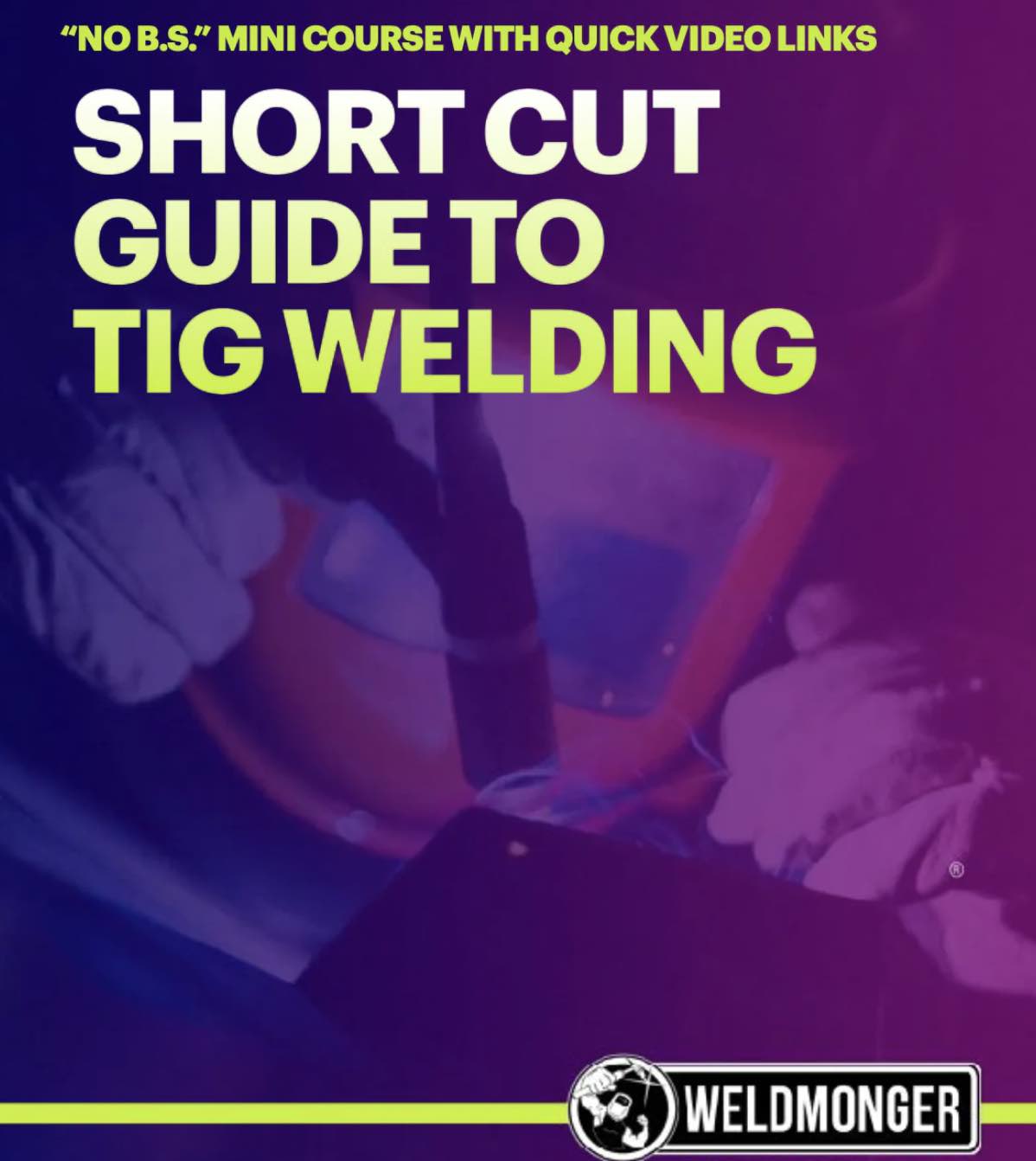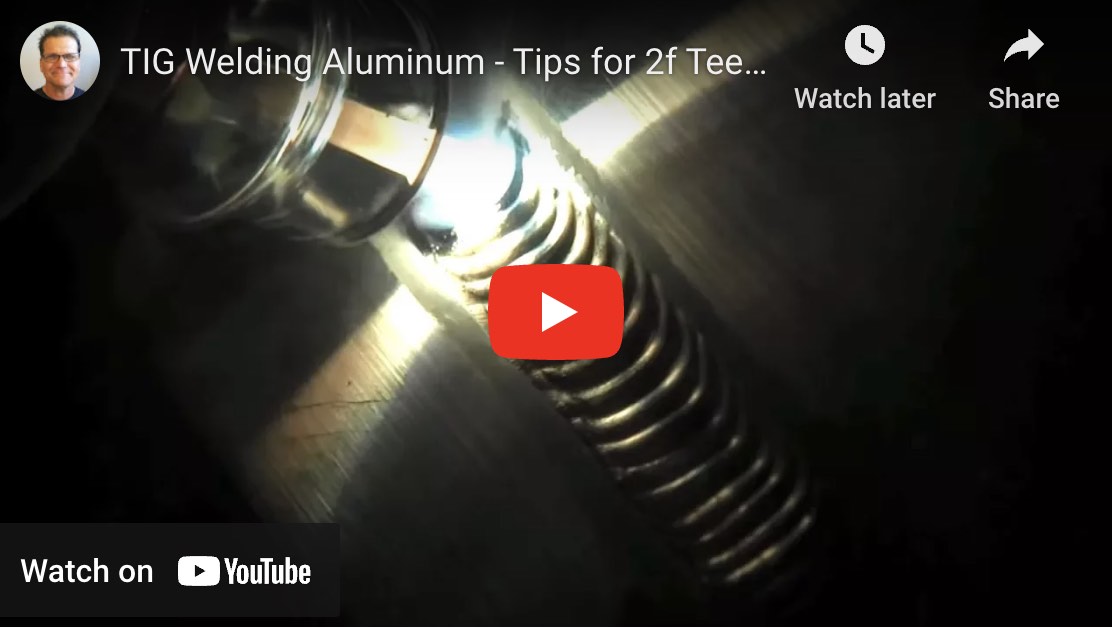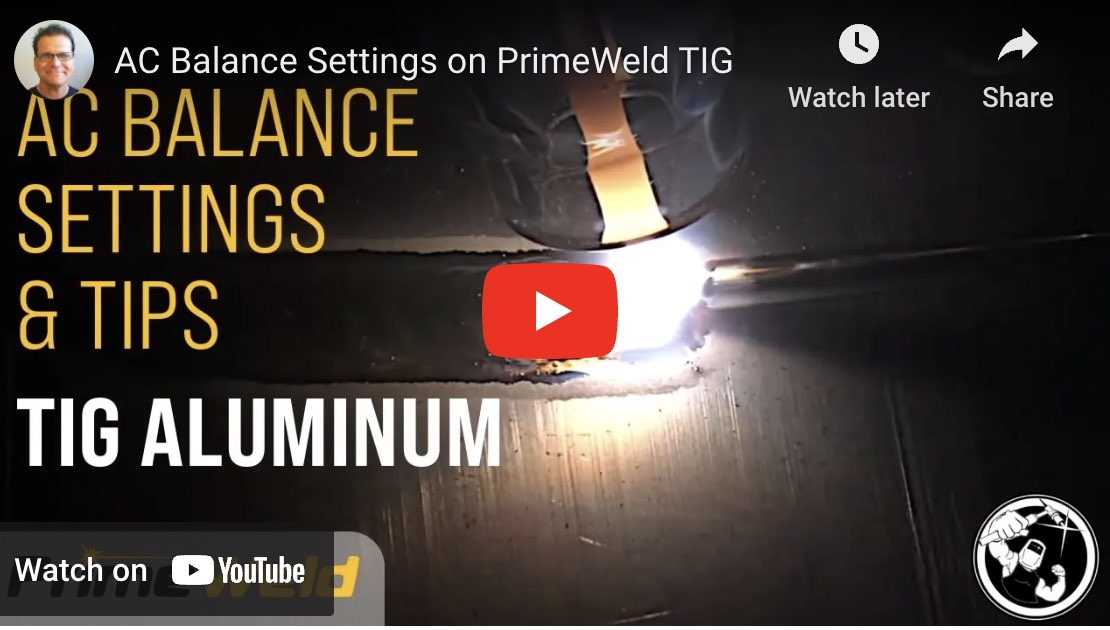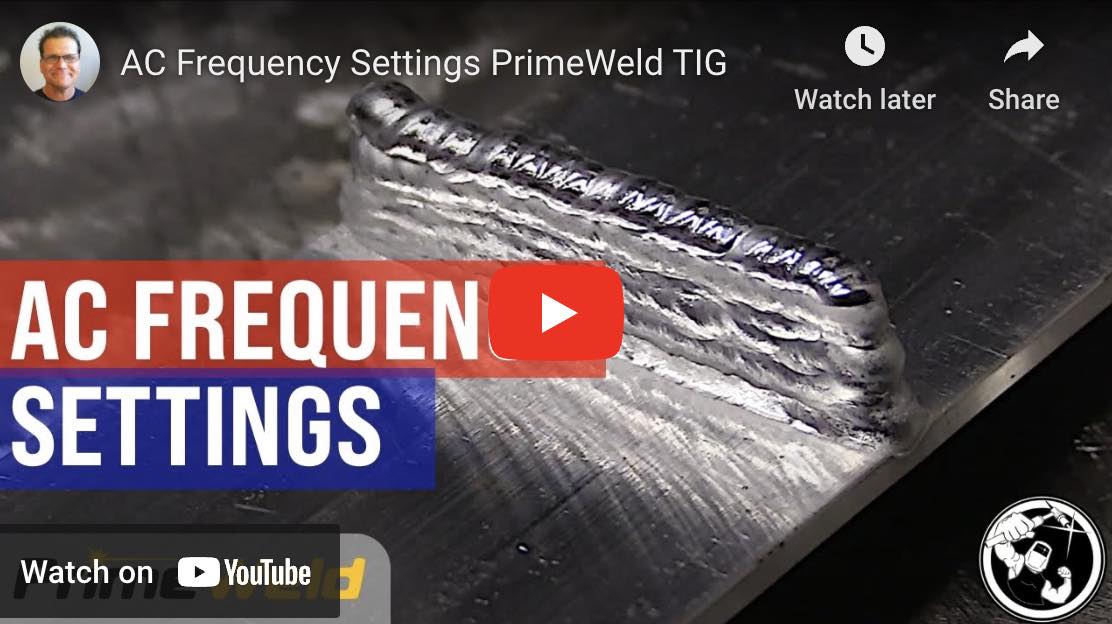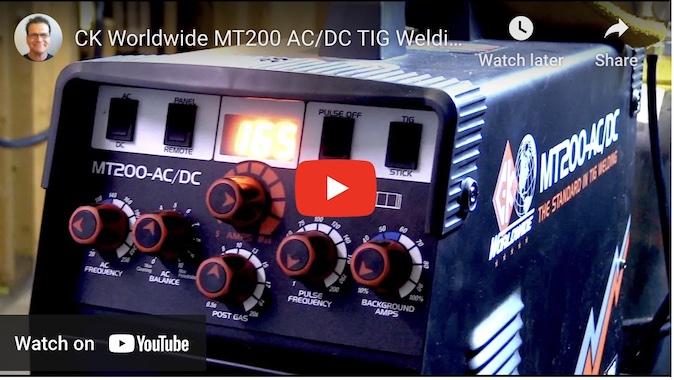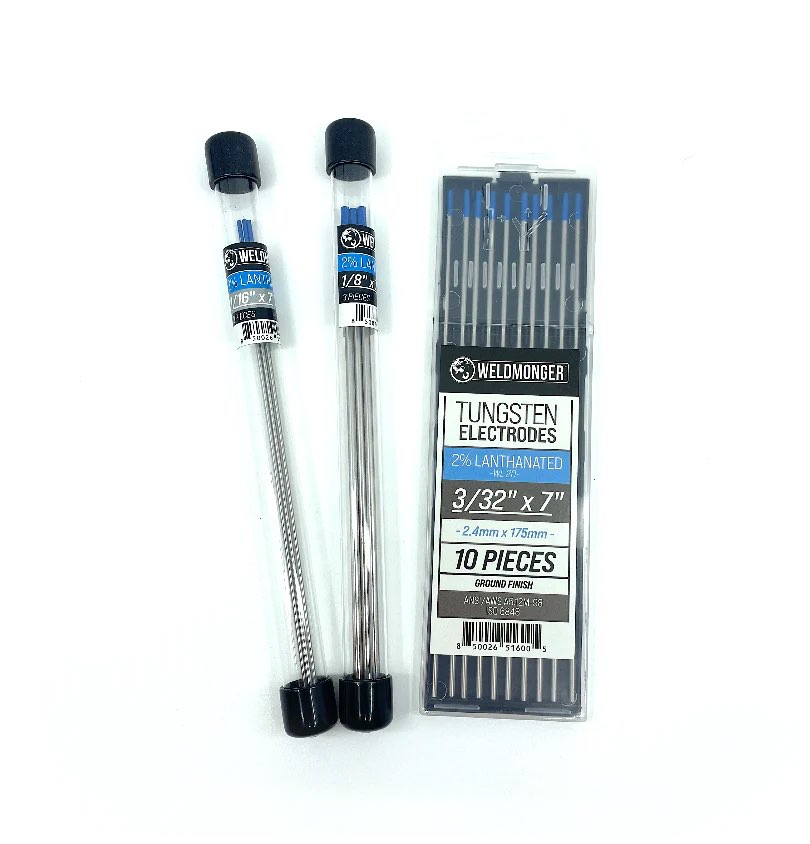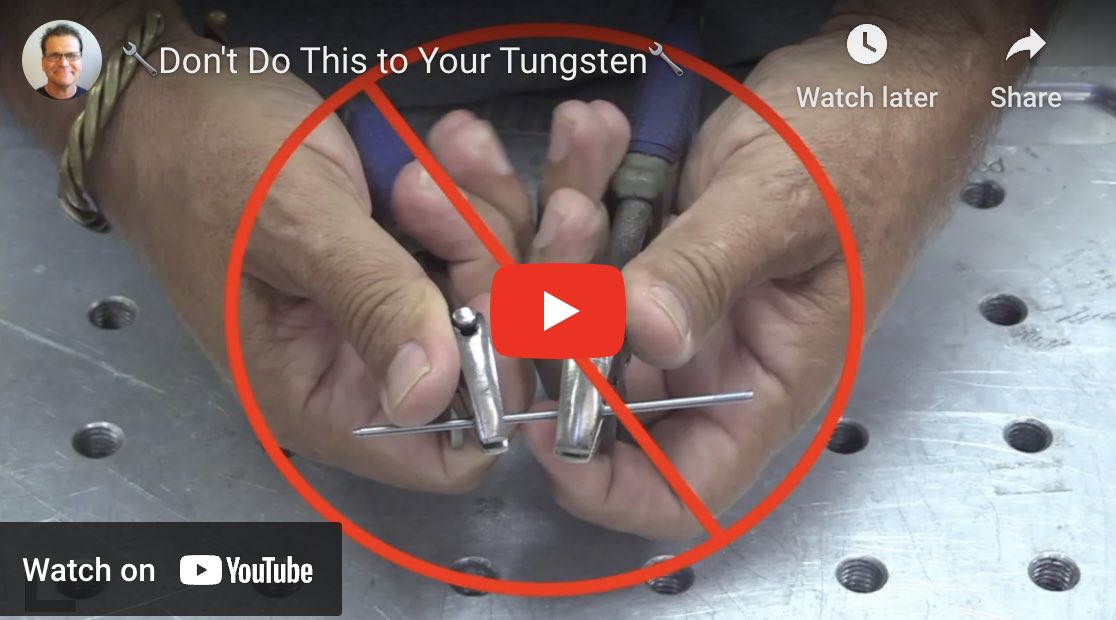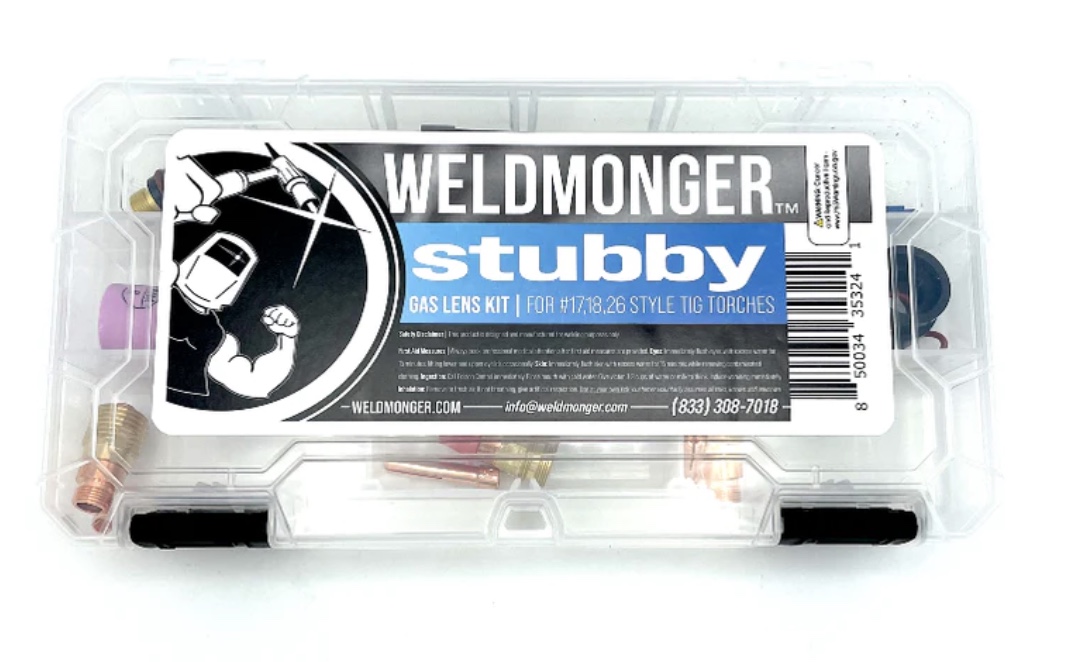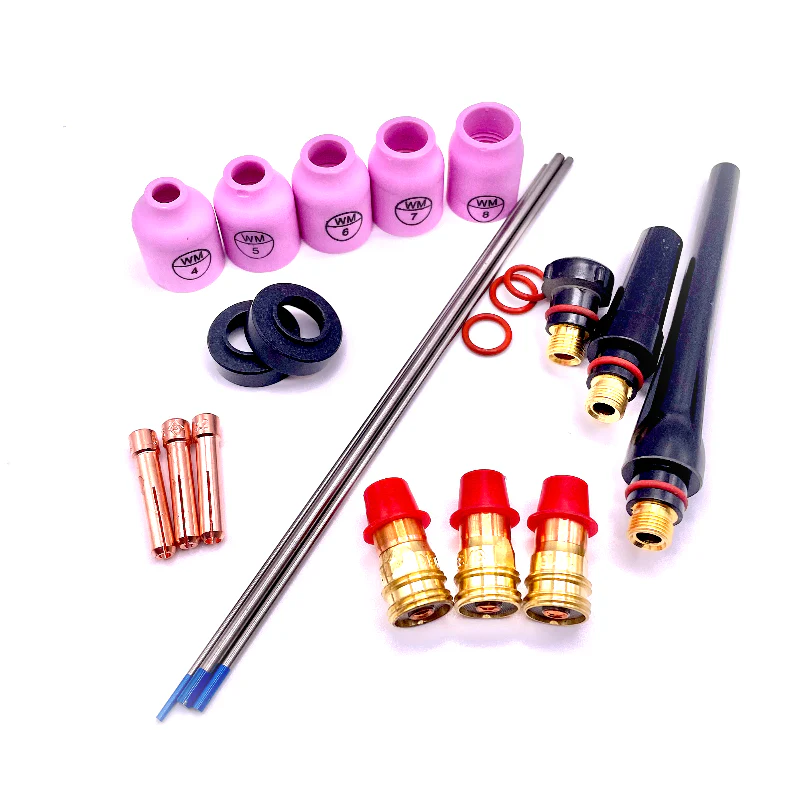How to Start TIG welding - A step by step guide and Free workbook
Congratulations! You Found the Best page on the Internet on How to Start TIG Welding.
You are going to learn how to start tig welding, what is a good tig welding machine for beginners, what rods to use, how to sharpen tungsten, and skill drills that will help you learn faster.
I have created a no BS Mini Course TIG workbook with links to videos to help you learn how to tig weld..and its Free right here
I have created a No BS TIG workbook for you to help you learn to TIG weld...and its free
Download your Free TIG workbook here
Download your Free TIG workbook here
Things you need to learn how to get started tig welding
- TIG welder ( I recommend either the CK MT200 AC DC TIG Welder...or the PrimeWeld TIG225x for beginners)
- Foot pedal amperage control ( comes with the 2 machines above)
- Cylinder of pure Argon (MIG gas won't work)
- Flowmeter ( comes with the 2 machines above)
- TIG torch ( comes with the 2 machines above)
- ground clamp ( comes with the 2 machines above)
- Tungsten Electrodes
- Angle grinder for sharpening tungsten and for cleaning metal
Note***
I use a lot of “Rules of thumb” here on how to start TIG welding just to help you remember general principles.
There are exceptions to these principles but thats ok. Going over every possible scenario is not the best way to make progress while learning to tig weld.
Also , there is pretty much an exception to every rule in welding...as well as most other things in life.
But Fundamentals are important to help you learn and to refer back to when things go wrong.
- HOME
- TIG WELDING
- How to Start Tig Welding
What is Polarity?
Polarity is the direction of welding current flow.
Use DCEN polarity for Steels
AC for Aluminum
DCEP is almost never used for tig welding. (Almost)
It’s important to note that you need to plug in the dinse connectors correctly from the start…a common mistake is mixing them up and nothing works right if you do that.
On newer machines, there is often a tig torch icon to indicate the correct dinse.
- HOME
- TIG WELDING
- How to Start Tig Welding
3 things that almost everyone does when learning to TIG are.
1. Too long arc
2. Too much angle
3. Not shielding the hot tip of rod
Of these 3, too long an arc is usually the biggest mistake beginners make.
Tungsten electrodes
For 200 amp and under tig welders, a 3/32” 2% lanthanated electrode will likely be the only tungsten you ever need.
It makes life simpler to use only one type and size.
There are other options too like E3 (purple) and Ceriated ( usually grey) but I have tested all of them and prefer 2% lanthanated as the one that is best all around …all purpose tungsten for me.
Tungsten sharpening…. There are many many ways to do it.
Tungsten sharpeners are very nice to have and for advanced tig welding, can be well worth the cost.
But to get started, You don’t need a special diamond wheel tungsten grinder.
They are nice to have and convenient…but in my opinion, the money can be spent in better ways...especially when you are just getting started tig welding.
For the highest quality welds required in nuclear, aerospace, and Pharmaceutical industries, sure a diamond wheel tungsten sharpener makes sense. But for tig welding carbon steel square tubing? Nope
A belt sander and a cordless drill , a bench grinder with a cordless drill, angle sanding disc, or hard rock, all work just fine with very few exceptions.
The main thing is to not have super rough grinding marks on the electrode.
the grinding/sanding scratches can even be sideways if the scratches are fine enough.
Its best if the grinding marks run with the electrode but if the scratches are fine, it makes very little difference when learning.
A needle point gives better starts for really thin metal.
A 30 degree taper works ok for almost everything.
For Aluminum on AC, I usually just put a very blunt taper and let it ball.
Sometimes rounding a slightly tapered tip using a max cleaning setting on AC balance helps maintain a stable smooth arc.
Gas shielding and cups
There is a lot of buzz around specialty cups these days.
And some of them are awesome for specialty metals and certain high end applications like stainless, nickel, and chromoly in motorsports and aerospace industries….
But when you are starting out and just practicing on mild steel, you won’t really benefit much from specialty cups.
One exception might be a clear #8 furick cup because it actually helps light things up and helps with being able to see better...(at least it does for me.)
To keep things simple, you could use a #7 cup for almost everything with 14-21 cfh flow
Flow rates of argon depend mostly on cup size. And cups are sized by 16ths. A 7 cup is 7/16” on the inside diameter.
Generally speaking, a rule of thumb is it takes 2-3 cfh per #cup size to get you right in the ball park.
There are times when a small cup can save you some gas.
A #5 cup only requires a minimum of 10 cfh and on a weekend when welding supply stores are closed, this might help get you by.
Stickout…is the distance from the face of cup to the tip of electrode …rule of thumb is dont go over the inside diameter much. So if you are using a #7 cup, your stickout should be 7/16” or less…or enough to see the tip of the electrode.
longer stick outs can be used with the specialty cups because they have secondary diffusers.
End caps…torches usually come with a long end cap. they are fine for practicing and when nothing is in your way. Long caps let you use full length electrodes and that makes it easier to sharpen them.
But There are other shorter options that are more useful when welding in tighter spots.
Most 200 amp and under machines come with a #17 style air cooled tig torch.
A stubby gas lens setup can make a 17 style torch feel and work better. Not 100% needed , but i highly recommend you try it.
Better gas shielding, smaller, more maneuverable. Able to use a longer stickout…are some of the pros.
Pulse settings.
Pulse capability is a nice to have…not a must have. It is Best to learn without pulse
TIG Welding Tips for How to Start TIG welding
Foot pedals…. A foot pedal amperage control really helps…but when learning, it is one more thing to think about…so it can help to set the machine amperage to exactly what is needed and to just press the pedal all the way….after some practice, then amperage can be set higher to get used to adjusting amperage on the fly. ( one amp per one thousandths of thickness up to about 160 )
Lift arc vs high frequency…. With lift arc, the tungsten is touched to the metal to start the arc. High frequency start allows the arc to jump the gap like a spark plug to start the welding current without ever touching.
I highly recommend a machine with high frequency start option.
One per One rule…as a rule of thumb, one amp is needed for every one thousandths of thickness up to around 160 amps. Things start changing then.
This one per one rule holds true especially for carbon steel.
A bit less for stainless
A bit more for aluminum
Its just a rule of thumb but its a good starting point …there will always be exceptions.
So the process for lift arc is
* touch the tungsten to the metal
* press the pedal
* rock the torch back to get an arc
* create a puddle
* move the puddle along to end of weld
* let off pedal and hold torch still for a few seconds to use post flow
The process for starting an arc with high freq start is
* hold torch with electrode tip about 1/4” away from metal
* press pedal to start arc
* shorten arc length to diameter of electrode used
* create puddle
* move puddle along to end of weld
* let off pedal and hold torch still for a few seconds to use post flow
Aluminum Settings for TIG welding
Aluminum settings
2% lanthanated electrode 3/32” works fine
using a #6 cup with 12-18 cfh argon
Polarity set to AC
set balance to 65-70% EN sometimes labeled as penetration ( on some machines this is depicted differently so set to 30-35% cleaning if that is how the knob is labeled)
Because different machines are set up differently, the way you can tell what AC balance setting is correct on your machine is set to 30% with a 3/32” 2% lanthanated, ceriated, or purple electrode that is slightly tapered.
If the tip melts and completely balls at 125 amps, try turning the knob the other way to 70%.
I know this sounds a bit confusing , but with so many different brands of tig welders available, you can almost flip a coin as to how the AC balance setting is configured.
Rule of thumb is that if puddle has pepper dots, increase cleaning to where the puddle is clean and shiny. pepper in the puddle can also be caused by insufficient shielding gas also, so you might also increase cup size or gas flow or both to clean up the puddle if increasing cleaning action doesn’t fix it.
If your machine has AC frequency settings, set frequency to around 100hz.
For thicker aluminum, Especially if you are limited on amperage like say a 200 amp machine, use a lower Hz all the way down to 50hz or so for more heat input.
Rule of thumb is higher frequency for thinner aluminum, lower frequency for thicker aluminum. ( there are always exceptions to this rule)
Tungsten will round or ball by itself. sometimes it gets a weird shape and it helps to round the electrode manually either with grinder, or using max cleaning on AC balance. (On older transformer design tig welders, this can be done using a dcep setting just to round the tip…but dont forget to switch back to DCEN)
Filler Rods aka filler metal
Filler metals
Diameter used…
As a rule of thumb for diameters of filler metal, For sheet metal, you usually want to use a filler metal that is less than equal to the thickness being welded. but it depends on several factors one of which is personal preference.
Another rule of thumb to guide you is that diameter of filler metal should almost never be larger than your electrode diameter.
Agin there are always exceptions. But this holds true most of the time.
What filler metal for what?
There is no one source of information that tells you what filler metal to use for every possible application.
But there are a few good resources.
Aloctec is now owned by ESAB and this is one of the best filler metal charts I have seen for aluminum….lots of great info here.
ESAB ALCOTECH FILLER METAL CHART
And here is a link for a stainless steel filler metal chart https://weldingwire.com/Images/Interior/documentlibrary/stainless%20selector%20guide.pdf
For carbon steel, ER70S-2 works fine. Some people prefer ER70S-6 but there is not a huge difference except for open butt joints.
I would suggest starting off with 1/16” diameter and see where to go from there depending on your projects. You may want some .045” for thinner stuff
4130 chromoly is also commonly welded with ER70S-2 wire for a lot of motorsports applications as well as experimental aircraft welding.
For stainless steel, remember the most common grade of stainless used is 304L. Its welded using ER308L filler because that is the closest available match.
There are lots of other grades of stainless but 304L is the most common.
Rule of thumb for tig welding stainless steel is use the closest match filler metal when you can . If its 316L , definitely weld with 316L filler to match corrosion resistance.
If welding 2 different stainless steels together, go with the higher alloy …example welding 304L to 316L, use 316L filler.
Again, I would suggest starting off with 1/16” and see where to go from there depending on your projects.
You may eventually want some .045” for thinner stuff…or even .030” for really thin stainless steel.
rule of thumb for tig welding stainless steel sheet metal is use one size smaller filler wire than you would on carbon steel.
For aluminum, 4043 is a good all around filler metal. The newer 4943 works great and has better overall properties than 4043.
5356 is another common filler metal and is often specified for 5000 series aluminum like 5052. It is also used a lot for welding 6061 aluminum
For castings, 4047 helps prevent porosity and flows nice.
Consult the Esab aluminum filler metal chart for specific applications like when a part will be anodized after welding.
Get some 1/16” and see where to go from there depending on your projects. I use 3/32” aluminum filler a lot.
What about silicon bronze? Its great for certain projects and fun to work with for cosmetics, art, and special applications… but not as strong as steel weld metal. I like 1/16” and 3/32”
Seeing the Arc and Puddle
Seeing what Is going on is important. If you can see it, how are you going to weld it?
If you already wear glasses and are still having issues seeing the puddle, consider trying …
A better quality helmet… Auto dark lenses vary in quality.
Some good auto dark lense helmets I have used are.
- Lincoln viking 3350 with 4c
- Esab sentinel
- Optrel crystal 2.0
- arc one carrera with 1000f or 4500V lens
If you every use reading glasses, you might consider a cheater lens. also called a diopter magnifier…cheater lenses come in different strengths just like reading glasses.
I use a 2.50 and I look thru the top of my bifocals. Everyones eyes and needs are different but its worth a bit of effort to determine what works best for you.
or maybe just get some Reading glasses …just go into a drug store, grocery store, or even a dollar store and try on different strength reading glasses.
You should be able to read fine print clearly at about 18 inches away.
CLAMS
There is an acronym in welding .
CLAMS
It serves as a checklist for learning to tig weld
- Current
- Length of Arc
- Angle
- Manipulation of puddle
- Speed of travel
Current includes polarity as well as amperage
DC for steels, AC for aluminum and use one amp per one thousandths of thickness up to 180 amps where things start to change
Length of arc should be one electrode diameter or less…a little bit longer while learning but not much
Angle of electrode should be around 15-20 degrees or less. Its pretty forgiving up to a limit as long as arc length is good.
Manipulation of puddle is accomplished by using the right amperage, with the right arc length, with the right angle, traveling at a consistent speed, and adding filler rod in a consistent manner….that means learning how to feed rod.
Speed of travel varies depending on the situation. While practicing, aim for 1/8” per second which equals one inch every 8 seconds which equals 5 to 6 inches per minute …speed comes with practice and aluminum will generally go faster than other metals….that is one of the reasons why tig welding aluminum is such good practice.
As you practice, ask yourself the CLAMS questions if things are not going well.
Did I use the right current?
Was my arc length right?
Was my torch angle in scope?
Was I manipulating the puddle correctly by progressing evenly and adding rod evenly?
Was my travel speed ok?
To speed up your learning, consider taking the free one week trial at welderskills.com


